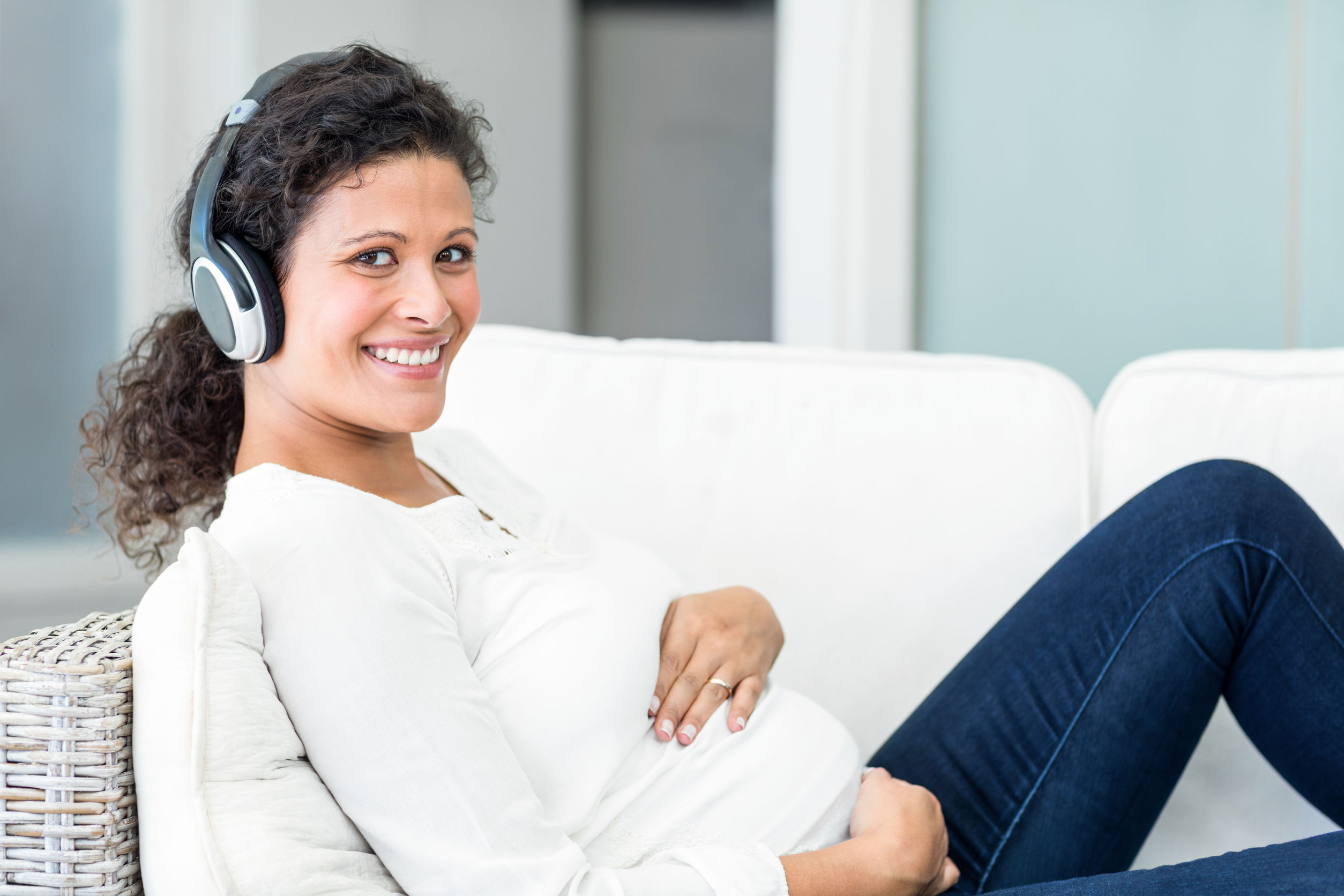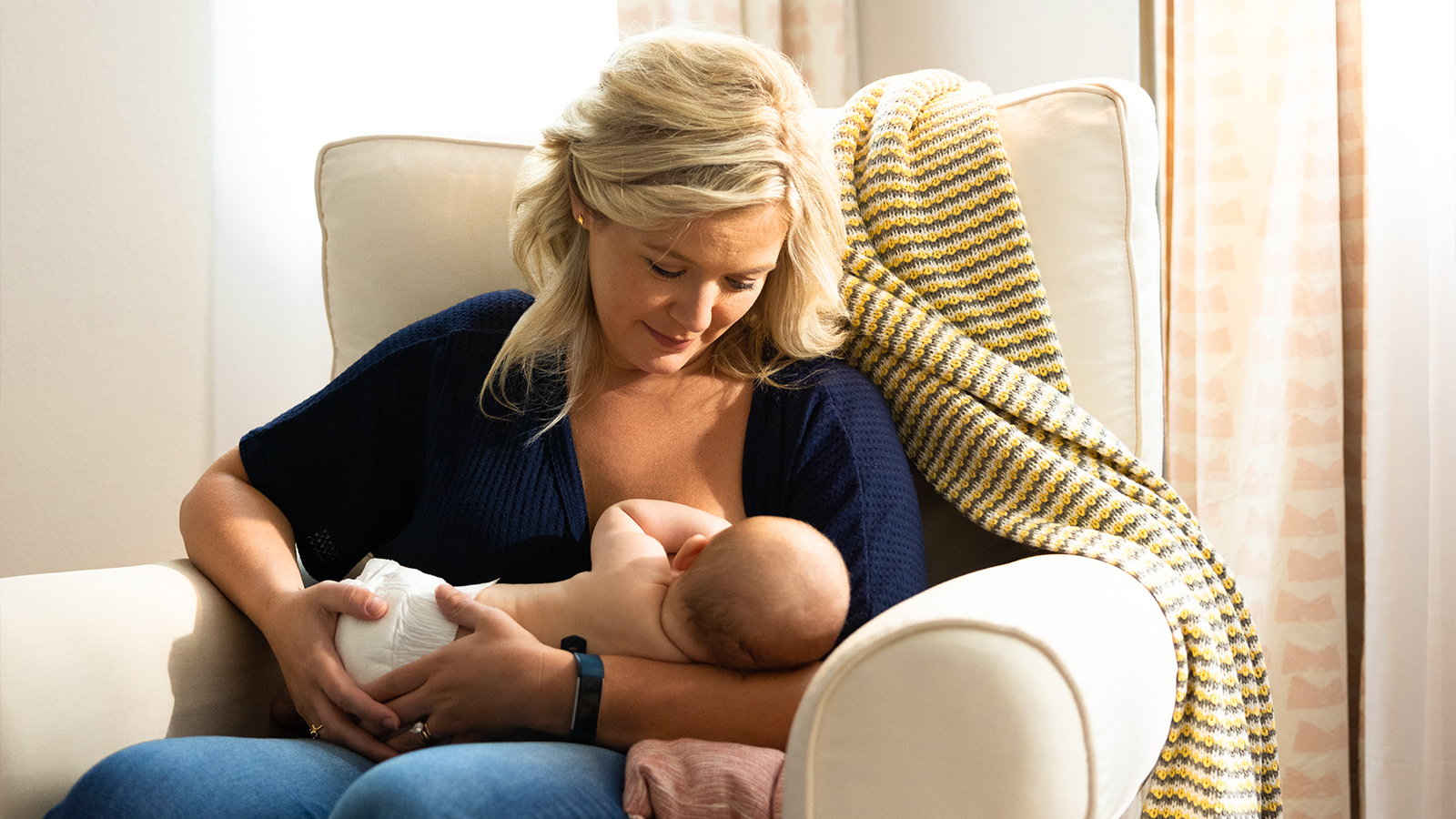Other than skin cancer, breast cancer is the most common cancer among American women. With October being Breast Cancer Awareness Month, it’s a great time to talk to the moms you work with about this disease. Though most people are aware of breast cancer, many still don’t take the steps that are necessary for early detection.
Below are answers to a few of the main questions about breast cancer that you can address with your patients or students. You’ll also find some helpful resources that you can share with your classes.
What are the signs and symptoms of breast cancer?
Women may experience a variety of different symptoms, while some may not have any symptoms at all. A new lump or mass in the breast is the most common indication of a problem. Other potential symptoms include:
- Any change in breast size or shape
- Swelling of all or part of a breast (even when a distinct lump is not felt)
- Skin irritation or dimpling
- Breast or nipple pain
- Nipple retraction
- Redness, scaliness, or thickening of the nipple or breast skin
- Nipple discharge other than breast milk
Breast cancer can sometimes spread to lymph nodes under the arm or around the collarbone. When this happens, it can cause a lump or swelling in these areas, even before the original tumor in the breast tissue is large enough to be felt.
Advise your moms to see their health care provider right away if they have any of the above symptoms. Although breast cancer may not be the cause, a medical professional should perform an examination to make the determination.
What steps can be taken for early detection?
Performing regular breast self-exams at home is a critical part of identifying early signs of breast cancer. You may find you need to review breast self-exam basics or provide resources detailing when and how to perform one.
Although breast cancer screening such as regular mammograms can’t prevent breast cancer, they can help find breast cancer when it’s more easily treatable. Since age and individual risk factors will be determining factors for the types of screenings that are best for each woman and how often she should get them, women should discuss their options with their doctors.
How can breast cancer risk be reduced?
Even though there isn’t a way to definitively prevent breast cancer, women should be reminded of the healthy habits that may help reduce their risk and increase the chances that it would be detected at an early, more treatable stage:
- Maintain a healthy weight. Both increased body weight and weight gain as an adult are linked with a higher risk of breast cancer after menopause.
- Stay physically active. Many studies have shown that moderate to vigorous physical activity is linked with lower breast cancer risk. The American Cancer Society recommends that adults get at least 150 minutes of moderate intensity or 75 minutes of vigorous intensity activity — or a combination of the two — each week.
- Eat a diet rich in fruits and vegetables. Some studies have found a link between a diet rich in fruit and vegetables and a lower risk of breast cancer. It isn’t clear whether specific fruits and vegetables are better than others at reducing risk.
- Limit alcohol consumption. Since even low levels of alcohol intake have been linked with an increased risk of breast cancer, it’s recommended that women consume no more than one alcoholic drink per day.
What happens if breast cancer is diagnosed during pregnancy?
When a lump is found during the first trimester of pregnancy, tests such as breast ultrasound are typically used to check for breast cancer since a mammography may cause harm to the fetus during this early stage. A diagnostic mammogram with a shield covering the abdomen to protect the fetus may be performed after the first trimester.
Though cancer itself doesn’t seem to affect the fetus, certain breast cancer treatments can be harmful. Specific treatment plans and the timing of treatments will be selected to treat cancer while simultaneously protecting the fetus.
Assure your moms that the prognosis for pregnant women with breast cancer is similar to that of non-pregnant women.
Resources
The following websites were used as resources for this article. They’re handy for sharing with the women in your classes who may be interested in doing more research on their own.
National Breast Cancer Foundation, Inc.



